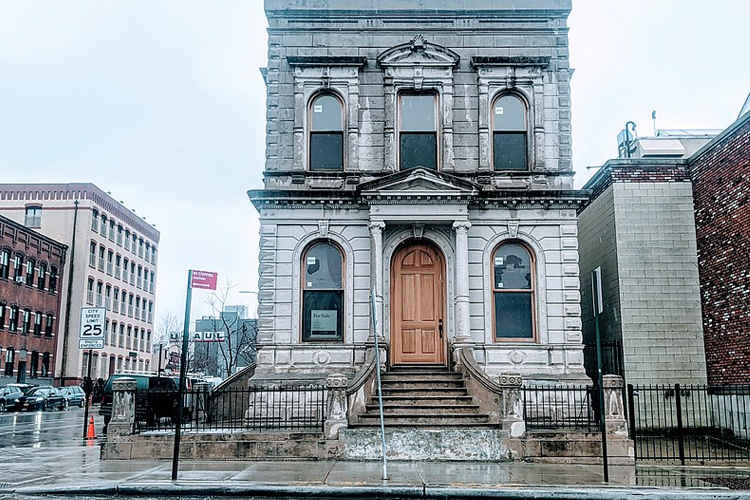Gowanus
Get to know Gowanus
Gowanus is full of friendly people who love their neighborhood. You can meet some fantastic local artists and musicians who live here and love their community. There are many good places to catch new bands playing some great music.
Affordability beyond compare
The cost of living is affordable! You can find some great apartments here that don’t break the bank. The average rent for a two-bedroom apartment is $1,750 per month, but you can find plenty of lower rates for smaller spaces or shared rooms if you need them.
Gowanus is known for being full of hip and trendy residents who enjoy a thriving music scene and are usually very artsy and creative. You’ll be able to find an array of activities to take part in with your neighbors, from listening to live music at local venues such as Littlefield, Union Hall, and The Bell House to take in a show at the Brooklyn Academy of Music.
Places for artists
The community offers many dance studios for dance enthusiasts, including Salsa BKLYN Dance School and Dancing Classrooms. In addition to these exciting opportunities for entertainment and culture, Gowanus is also home to plenty of great shopping options like Littlefield Shop & Gallery and MooShoes Brooklyn.
Nearby Neighborhoods:
Gowanus History & Culture
In the 1860s the Gowanus Creek was turned into the Gowanus Canal, and the area became a hub for manufacturing and shipping. As a result of the industry along the canal and the establishment of a combined sewer system that dumped waste water directly into a designated outflow at the head of the canal, the neighborhood came to be defined by the polluted canal. After World War II, the decline of shipping at the port of Red Hook and of manufacturing around New York City prompted large industry to leave and changed the vibrancy of industry in Gowanus. In the late 1940s, the neighborhood became the site of several NYCHA housing projects, which were built in part to house returning WWII veterans.
The water and much of the land along the banks of the Gowanus Canal have been severely polluted by combined sewer outflows (CSOs) along the canal designed to relieve sewage and storm water when the sewer treatment plant is overwhelmed, as well as by decades of industrial use and extensive coal gas manufacturing during the late 19th century. The Gowanus Canal was also an alleged Mafia dumping ground. Even so, in the early 1980s, alongside the canal, an old 19th-century munitions factory at 230 3rd Street in Gowanus became the site of the massive Gowanus Memorial Artyard, whose remains are still visible. After decades of industrial pollution combined with sewage contamination, the Environmental Protection Agency designated the Gowanus Canal a Superfund site in 2010, allocating $506 million for the cleanup. The completion date for the cleanup is set for 2022.

